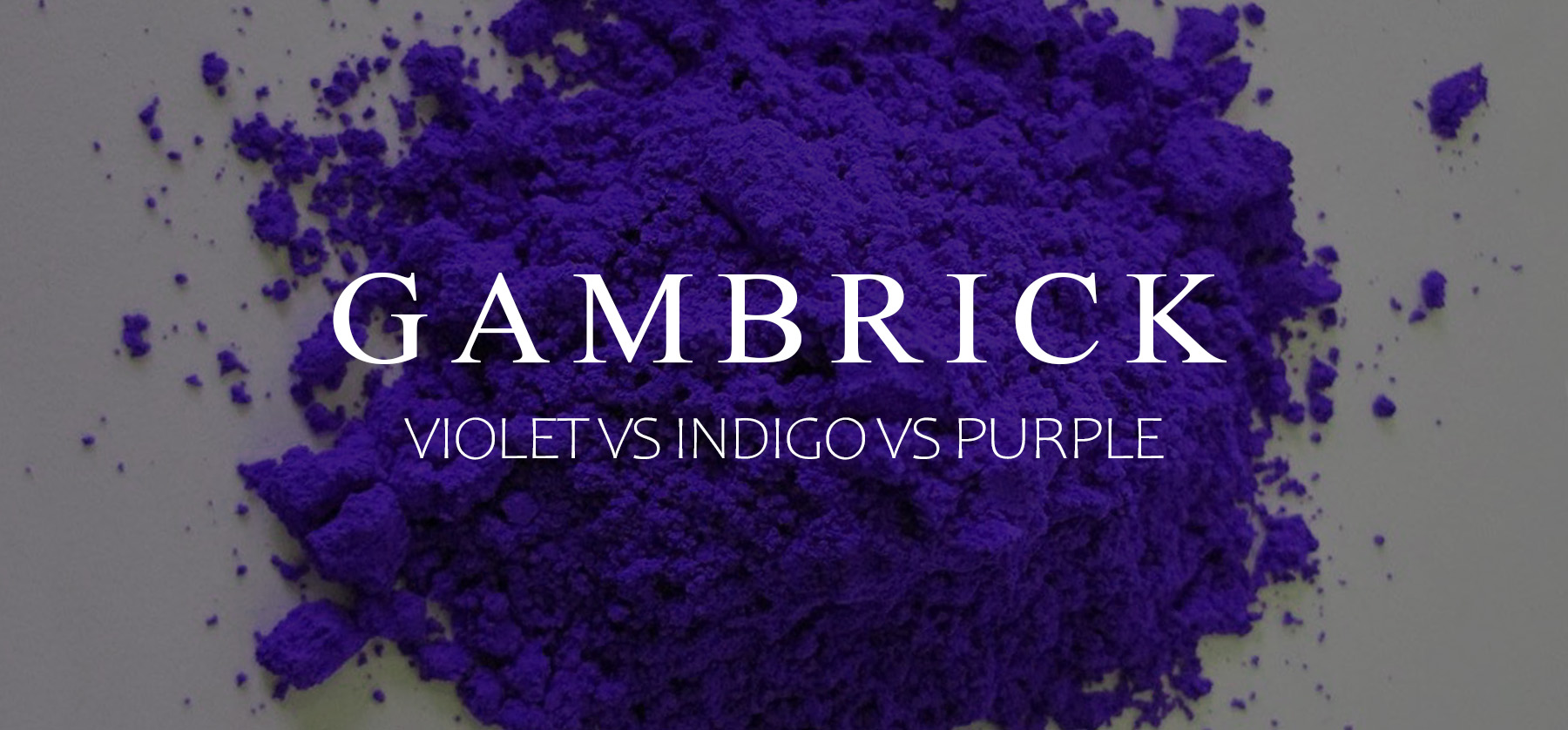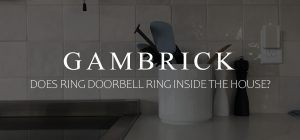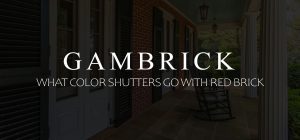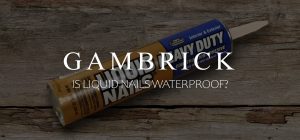Violet Vs Indigo Vs Purple
Violet, indigo, and purple are all closely related colors found between red and blue on the color wheel. The three primary colors are red, yellow, and blue. The three secondary colors are orange, green, and purple. By mixing together primary colors you get secondary colors. Purple is made by mixing together red and blue in a 3 red : 4 blue ratio. By varying the ratio of blue and red you can make violet and indigo, which are secondary colors and shades of purple. To make indigo, you mix together 1 red : 2 blue. To make violet, you mix together 5 red : 3 blue.
Violet and indigo are each one of the seven colors Isaac Newton named when dividing the spectrum of visible light in 1672 using a prism. They’re both pure colors which are found inside a beam of white light, which is why you can see them both in a rainbow. Purple isn’t found in a natural light so it’s not considered a pure color, however when painting, violet and indigo are both considered shades of purple.
The closest color to indigo on the color spectrum is blue. To make indigo, you can either start with blue and add a little red or start with purple and add more blue. Either way works fine because indigo, blue and purple are all related.
Violet is a shade of purple that’s reddish. To make it, start with purple and add red. You can also start with blue and add lots of red until you eventually get violet.
As you can see, the colors Violet, Indigo, and Purple are all closely related on the color wheel and can all be made by mixing together the primary colors red and blue.
What Creates Color?
Visible light appears as white light. But it actually consists of the colors red, orange, yellow, green, blue, and violet. These are the 7 colors of a rainbow and the colors you see when light passes through a prism. When light hits an object, some light bounces off and some is absorbed. This is how different colors are created. Our eyes see the colors that bounce off the object and not the ones that are absorbed.
When light bounces off an object, it can be combined to form different colors. For example, blue and red light produces a purple light.
Sunlight is composed of 7 primary colors red, orange, yellow, green, blue, indigo, and violet. This mix is known as white light.
- When white light hits something white, it appears white because the object absorbs no colors and reflects all colors equally.
- When light hits a colored object, colored light is reflected back based on how the light bounces off the object.
- Black absorbs all colors equally and reflects none, so it looks black. Artists consider black a color, but scientists don’t, because black is the absence of color.
Primary colors are the only 3 colors that can’t be mixed or created by any combination of other colors. These primary colors are Red, Yellow, and Blue. All other colors are derived from these 3 main colors.
The secondary colors are orange, green, and purple. They’re made by mixing primary colors together. For example, mixing blue and red together makes purple. By varying the amount of blue and red mixed together you can make different shades like violet and indigo.
Tertiary colors are made by mixing a primary and a secondary color together.
Wavelengths Of Color
The color of visible light, white light, is based on its wavelength. These wavelengths range from 700 nm at the red end of the spectrum to 400 nm at the violet end. This is why red is always at the top of a rainbow and violet is always at the bottom. As you move down from the top of a rainbow, the wavelengths shorten which creates new colors.
Light is made up of wavelengths, and each wavelength is a different color. The color we see is a result of the wavelengths reflected into our eyes.
Objects appear in different colors because they absorb some wavelengths and reflect others back to our eyes. The colors we see are the wavelengths that are reflected off the object and into our eyes.
For example, a purple shirt looks purple because it reflects a combination of red and blue light back to us when it’s lit in white light. If you lit a purple shirt in only blue light, it wouldn’t appear purple because you need red and blue light to make purple.
White objects appear white because they reflect all wavelengths of color. Black objects appear black because they absorb all colors so no light is reflected.
Comparing Purple, Violet, And Indigo
Purple, Violet, And Indigo are all closely related on the color wheel and sit between Red and Blue. This is because Purple, Indigo, and Violet are all made by mixing Blue and Red together, which are both primary colors. The ratio of Blue and Red mixed together determines which color you get.
In terms of color wavelengths, Violet and Purple have the shortest wavelength of around 380-435 nanometers so they fall at the bottom of the rainbow. When looking at a rainbow, Violet and Purple appear as the same color because their wavelengths are within the same short range. Indigo has a wavelength of 425-450 nm which places it on top of Violet and Purple.
Violet
Violet is the color of light with the shortest wavelength of the visible spectrum, which is why it sits at the very bottom of a rainbow. It’s one of the seven colors Isaac Newton named when dividing the spectrum of visible light in 1672 using a prism. Violet light has a wavelength between 380 and 435 nanometers.
You can make violet by mixing Red and Blue in a ratio 5 red : 3 blue. It’s essentially a more reddish version of purple. I sometimes go as red as mixing 3 red : 1 blue which creates a very red shade of violet.
- A pure color found in white light
- The last color on the spectrum with the shortest wavelength
- Found at the bottom of the rainbow
When using digital art programs like Photoshop, the hex code for Violet is #8F00FF, #8000FF, or #7F00FF. Like all hues, violet is actually a wide variety of colors that you can adjust by slightly changing the hex code. Add slightly more blue for a blueish violet or more red for a reddish tint.
Historically, violet pigments were made by mixing manganese and hematite. The color has been used throughout history starting with prehistoric cave paintings.
Did you know violet and purple are the colors of royalty, nobility, luxury, power, and ambition? They also represent wealth, extravagance, creativity, wisdom, dignity, grandeur, devotion, peace, pride, mystery, independence, and magic.
Indigo
Indigo is the color of light with a slightly higher wavelength than violet on the visible spectrum. This place it between blue and violet on a rainbow or the color wheel. It’s one of the seven colors Isaac Newton named when dividing the spectrum of visible light in 1672 using a prism and has a wavelength between 425–450 nm. It’s hard for the human eye to see indigo and is often mistaken as a shade of violet.
You can make indigo by mixing Red and Blue in a ratio 1 red : 2 blue. It’s essentially a very blue purple or a purplish-blue.
- A very blue type of purple
- Located between red and blue on the color wheel
- A pure color that’s found in a rainbow second from the bottom
- Has a short wavelength
When using digital art programs like Photoshop, the hex code for indigo is #4B0082. Like all hues, indigo is a wide variety of colors that you can adjust by slightly changing the hex code by adding more blue or red.
Indigo is found between blue and violet on the color wheel. It’s a natural pigment that comes from plants and is considered one of the 7 major spectral colors because it’s found in a rainbow or prism.
Did you know indigo is the color of devotion, wisdom, justice, and higher knowledge?
Purple
Purple is a mixture of blue and red and sits between them in the color wheel. You can adjust the level of either blue or red in the mix to make your purple more reddish or bluish. A ratio of 1 red : 1 blue creates a nice shade of purple but 3 red : 4 blue is the standard mix used for most purple paint. It has a wavelength around 380 nm which makes it very similar to violet. However purple is not one of the seven colors Isaac Newton named when dividing the spectrum of visible light in 1672 using a prism which is why it’s not found in the rainbow. It’s considered a secondary color and not a pure color like indigo and violet.
- A mixture of red and blue
- A secondary color
- Not found in a beam of white light
- Has a short wavelength
- Purple was historically used by royalty
When using digital art programs like Photoshop, the hex code for Purple is #A020F0 or #800080. Like all hues, purple is actually a wide variety of colors that you can adjust by slightly changing the hex code. Here’s the hex code for royal purple #7851a9, which is a reddish shade of purple.
Historically, the first shade of purple made was Tyrian purple, which is another name for royal purple. It’s a reddish shade of purple created from Bolinus brandaris sea snails. Dye was made by harvesting mucus from the snail shells and heating it in an alkaline solution. Yarn was dipped in the solution and exposed to sunlight, turning it purple.
Did you know violet and purple are the colors of royalty, nobility, luxury, power, and ambition? They also represent wealth, extravagance, creativity, wisdom, dignity, grandeur, devotion, peace, pride, mystery, independence, and magic.
Violet, Purple & Indigo Are Cool Colors
Cool colors include green, blue, and purple, and all variations of these three colors. Blue is the only primary color that falls within the cool spectrum on the color wheel. Purple takes on some of the attributes of red because it’s a mixture of red and blue. However, no matter how much red you add to blue, purple is still considered cool.
Every color can be both warm and cool depending on the tone of the color. Consider the color purple. It’s made up of red and blue and lies between them on the color wheel. The color purple is considered a cool color, however, adding more red to purple makes violet, which is a warmer shade of purple than indigo, which is purple with lots of blue.
Since purple falls between a warm and a cool color on the color wheel, you can make it warmer or cooler by adding more red, which is a warm color, or blue, a cool color. But overall, purple is still considered a cool color.
Is Indigo The Same As Purple?
No, indigo and purple are not the same color. However, they’re closely related and found on the color wheel between red and blue. Indigo and purple are secondary colors made by mixing together the primary colors red and blue. The ratio of red to blue you use dictates whether you get purple or indigo. Indigo has more blue in it and is made in a 1 red : 2 blue ratio. Purple has more red and is made in a 3 red : 4 blue ratio.
Indigo is a pure color and one of the seven colors Isaac Newton named when dividing the spectrum of visible light in 1672 using a prism. Purple is not found in natural light and isn’t considered a pure color. However, in painting, they’re almost the same color and indigo is considered a very blue shade of purple.
Are Purple And Violet The Same?
No, violet and purple are not the same color. However, they’re closely related and found on the color wheel between red and blue. Violet and purple are secondary colors made by mixing together the primary colors red and blue. The ratio of red to blue you use dictates whether you get purple or violet. Purple has more blue in it and is made in a 3 red : 4 blue ratio. Violet has more red and is made in a 5 red : 3 blue ratio.
Violet is a pure color and one of the seven colors Isaac Newton named when dividing the spectrum of visible light in 1672 using a prism. Purple is not found in natural light and isn’t considered a pure color. However in painting, they’re almost the same color, and violet is considered a reddish shade of purple.
Summary: Violet Vs Indigo Vs Purple
Violet, indigo, and purple are all closely related colors found between red and blue on the color wheel. The three primary colors are red, yellow, and blue. The three secondary colors are orange, green, and purple. By mixing together primary colors you get secondary colors. Purple is made by mixing together red and blue in a 3 red : 4 blue ratio. By varying the ratio of blue and red you can make violet and indigo, which are secondary colors and shades of purple. To make indigo, you mix together 1 red : 2 blue. To make violet, you mix together 5 red : 3 blue.
Violet and indigo are each one of the seven colors Isaac Newton named when dividing the spectrum of visible light in 1672 using a prism. They’re both pure colors that are found inside a beam of white light, which is why you can see them both in a rainbow. Purple isn’t found in natural light so it’s not considered a pure color, however when painting, violet and indigo are both considered shades of purple.
- To make indigo, you can either start with blue and add a little red or start with purple and add more blue. Either way works fine because indigo, blue and purple are all related.
- Violet is a shade of purple that’s reddish. To make it, start with purple and add red. You can also start with blue and add lots of red until you eventually get violet.
As you can see, the colors Violet, Indigo, and Purple are all closely related on the color wheel and can all be made by mixing together the colors red and blue.
If you have any questions or comments about the difference between violet, indigo, and purple, email any time.






















